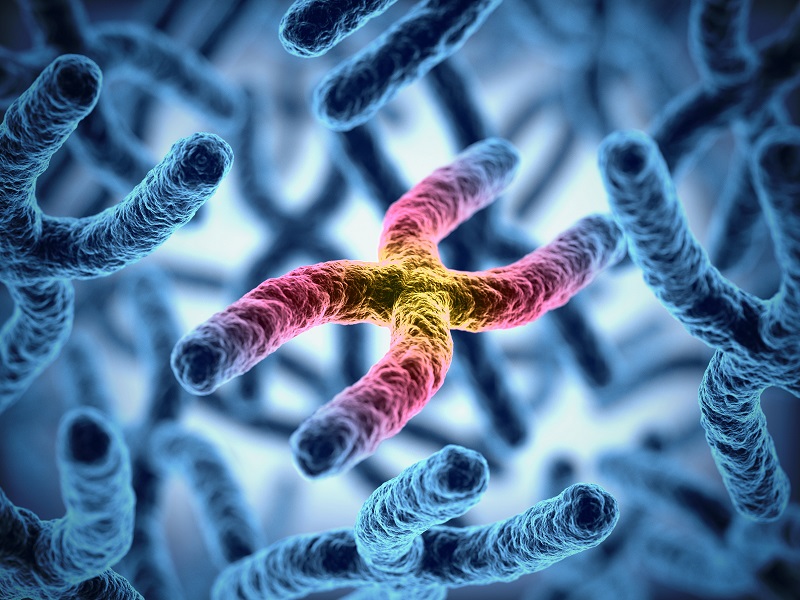
25 Jul Nanoparticles Shuttle Treatments Into the Heart of Tumors
From STAT:
There’s a technique called RNAi, or RNA interference, that lets scientists silence mutated genes like the ones that can cause cancer. But it’s proven quite difficult to get RNAi-carrying agents into tumors. The treatments are often filtered out by the kidneys or find themselves unable to penetrate the protective barriers around cancer cells. Now, scientists are turning to nanoparticles to try to ferry those RNAi agents to tumors in a mouse model. Here’s what researcher Jinjun Shi of Brigham and Women’s Hospital told me about his work on the subject, published in PNAS.
How does RNA interference work?
You can use it to silence almost any gene of interest, very specifically. It’s been difficult to translate this technology from bench to bedside, though. RNAi agents are usually really large molecules, and they have a high negative charge. Because tumor cells also have a negative charge on the surface, the RNAi agents and the tumor cells don’t like each other.
How could nanoparticles jump those hurdles?
You load the RNAi agents inside these nanoparticles, which have a positive charge. You form a protection, or a shell. Then when they reach the tumor tissue, they come into contact with the tumor’s blood vessels. Normal blood vessels are very tightly connected, but tumor tissue blood vessels aren’t tightly connected with each other. When the positively charged nanoparticles meet those big gaps, they can penetrate into these big gaps and enter the tumor tissue to deliver the RNAi agents that can silence mutated genes.

